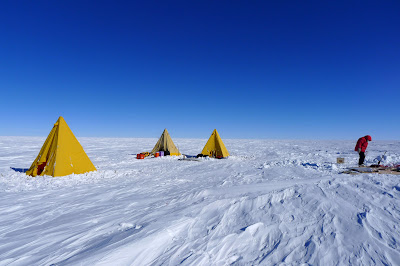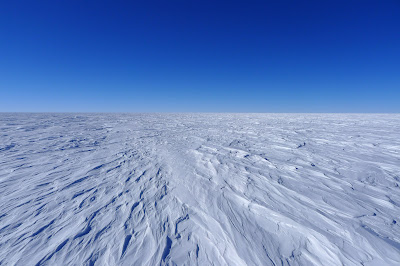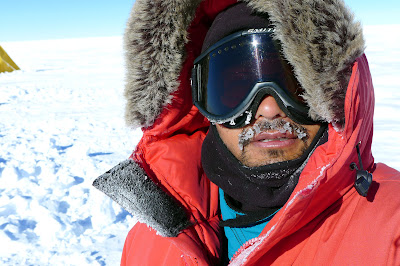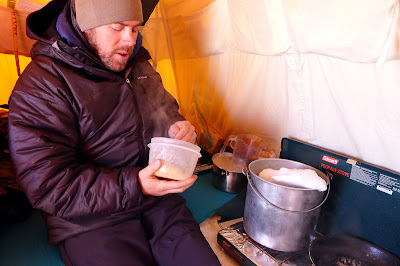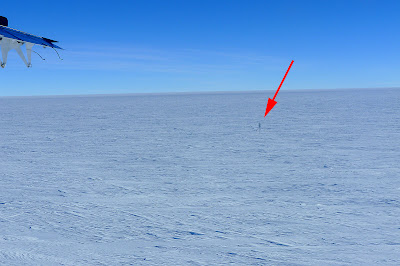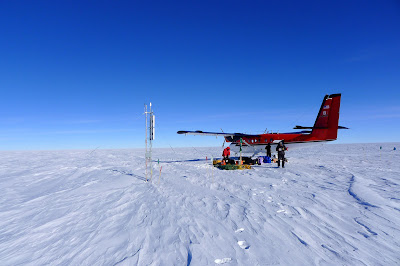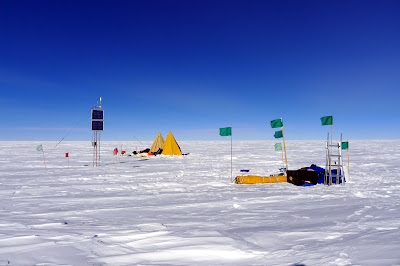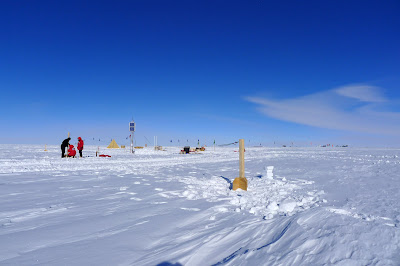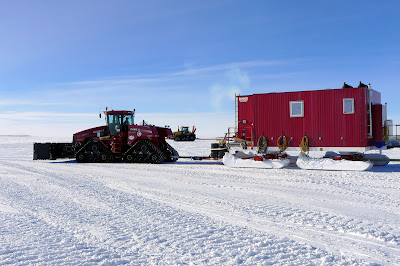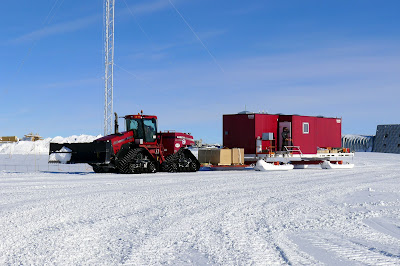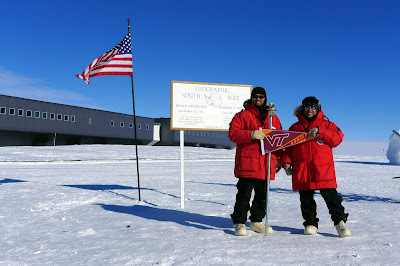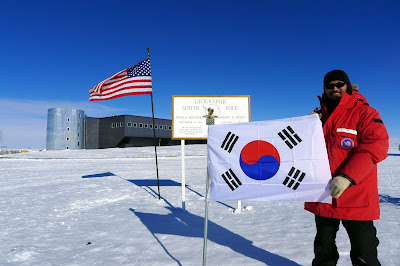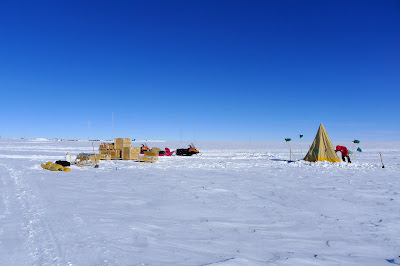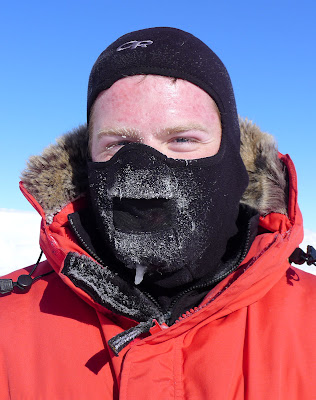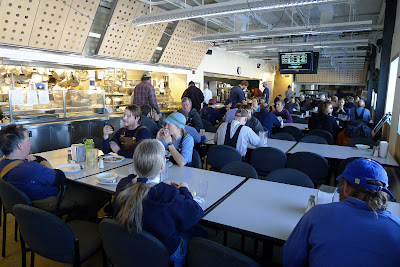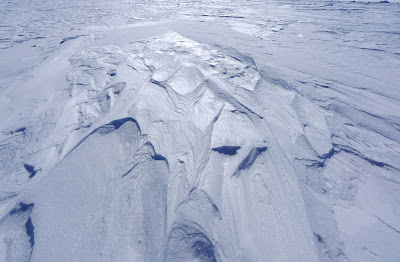It's been a week since our team came to the Pole. Fortunately, we are acclimatized to high altitude well so no one has any severe problem. However, today my team will be flying to a remote field ("PG2") whose elevation is about 2000 ft higher than that of the South Pole. I have no idea what it would be like to be there at the higher altitude. Will keep my fingers crossed... My team includes Joseph, a mountaineer, Hanna, and myself only. We will try to repair a system that was installed 2 years ago. If we fail to repair it, then we plan to bring the entire system back to the States. Kshitija and Bob will stay here at the Pole to work on the second system ("System 4").
Joseph, Hanna (mountaineer), and me in front of the Twin Otter plane that will take us to the field site.
The cabin of the Twin Otter plane. All of our cargo and the passengers (only three of us) share the same cabin.
It was an exciting and interesting experience to find our equipment in the middle of the snow white plateau after 2.5 hour flight. The pilots depended only on the geographic coordinate that we provided to find it.
The Twin Otter's door-to-door service - we landed right in front of the equipment.
We set up three tents - for cooking/eating, sleeping and toilet. Certainly, we feel that the weather condition here is harsher that the Pole. We experience more short breath, which is one of the most bothering things to cope with.
Hanna is not only a good mountaineer but also an excellent cook! This is the kitchen tent. Although it serves as a "kitchen" and there is a cooking burner, the interior temperature is barely above 20F.

